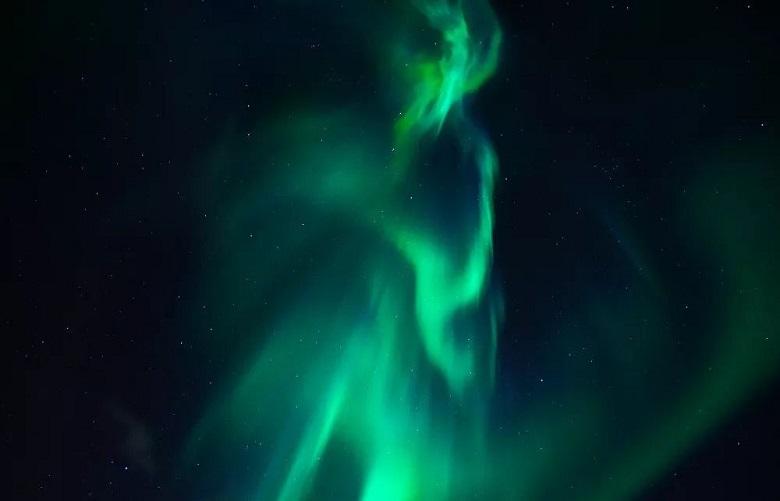NASA released a snapshot of two atmospheric phenomena taken on board the International Space Station. A green aurora borealis blends with the red-yellow glow of the air. The lights of Canadian cities and stars add to this incredible spectacle.
Astronauts immortalized two atmospheric phenomena that co-occurred: the Northern Lights and the glow of the air. The photograph was published on NASA’s Instagram account.
The green aurora borealis appears to cross the red and yellow airglow band. At that moment, the International Space Station (ISS) was passing over the southern Alaska Peninsula, NASA said.
The rays of the rising sun add a deep blue to the horizon. The night lights of the Canadian provinces of British Columbia and Alberta add to this panorama, specifies the space agency. Taken on March 16, the photograph has only been shared now.
Scientific explanation
Despite their concomitant presence, these phenomena are of different origin. Airglow is the emission of light from chemical interactions between oxygen, nitrogen, and other elements in the upper atmosphere.
The Northern Lights, on the other hand, come from interactions between solar energy and Earth’s magnetic field, NASA said.
Last March, a rare meteorological phenomenon was also observed over Alberta in Canada. Columns of multicolored light rose up in the heavens.
These only appear in very low temperatures and occur exclusively during the rising and setting of the Moon or the Sun. Light from one of them is reflected off ice crystals suspended in the atmosphere.
